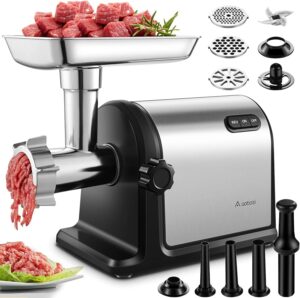
Category: Blog


How to Find a Baby Registry on Amazon: Simple Steps Explained
January 12, 2025
No Comments
Read More »




Join us on a journey where every dish tells a story, and every flavor leaves a lasting impression. Whether you’re a seasoned chef or a food enthusiast, Fat-Ham is your go-to destination for mouthwatering recipes, foodie tips, and a celebration of the incredible artistry that is food. Let your taste buds dance and your senses savor the richness of our food-centric haven.

Are you ready to elevate your culinary journey to new heights? Look no further than Fat-Ham, your ultimate destination for all things delicious! Our newsletter is your golden ticket to a world of mouthwatering recipes, insider tips, and exclusive culinary experiences.
